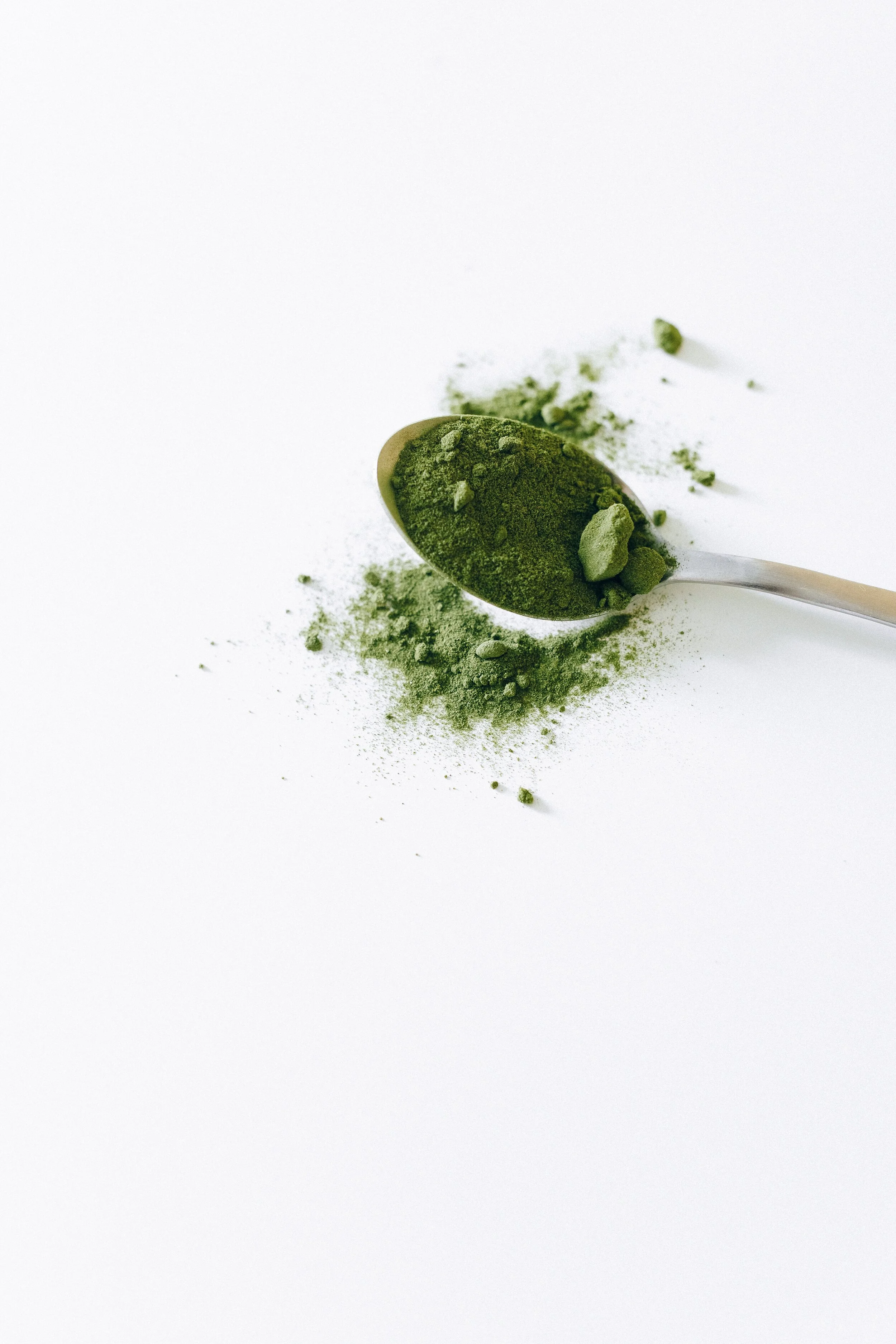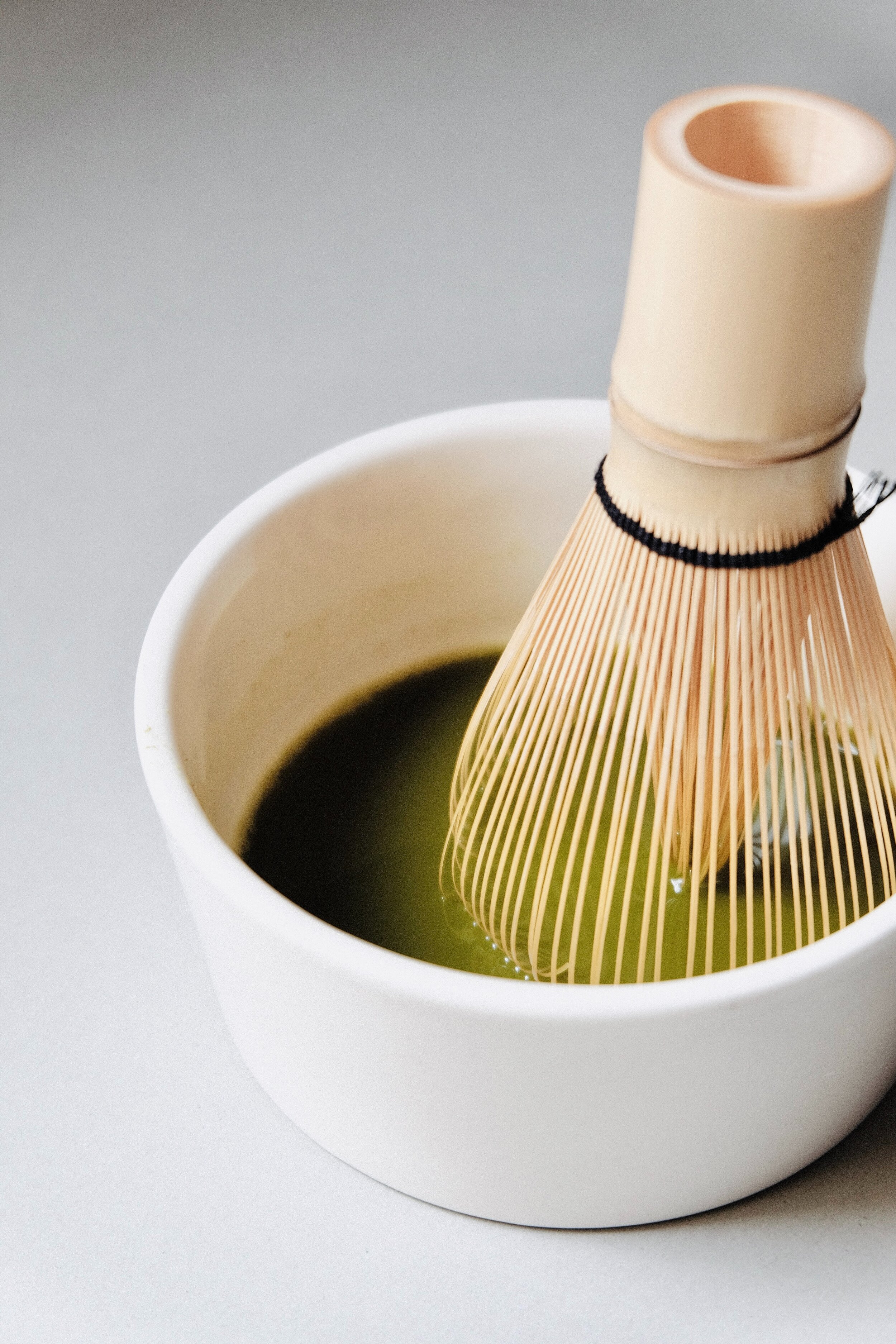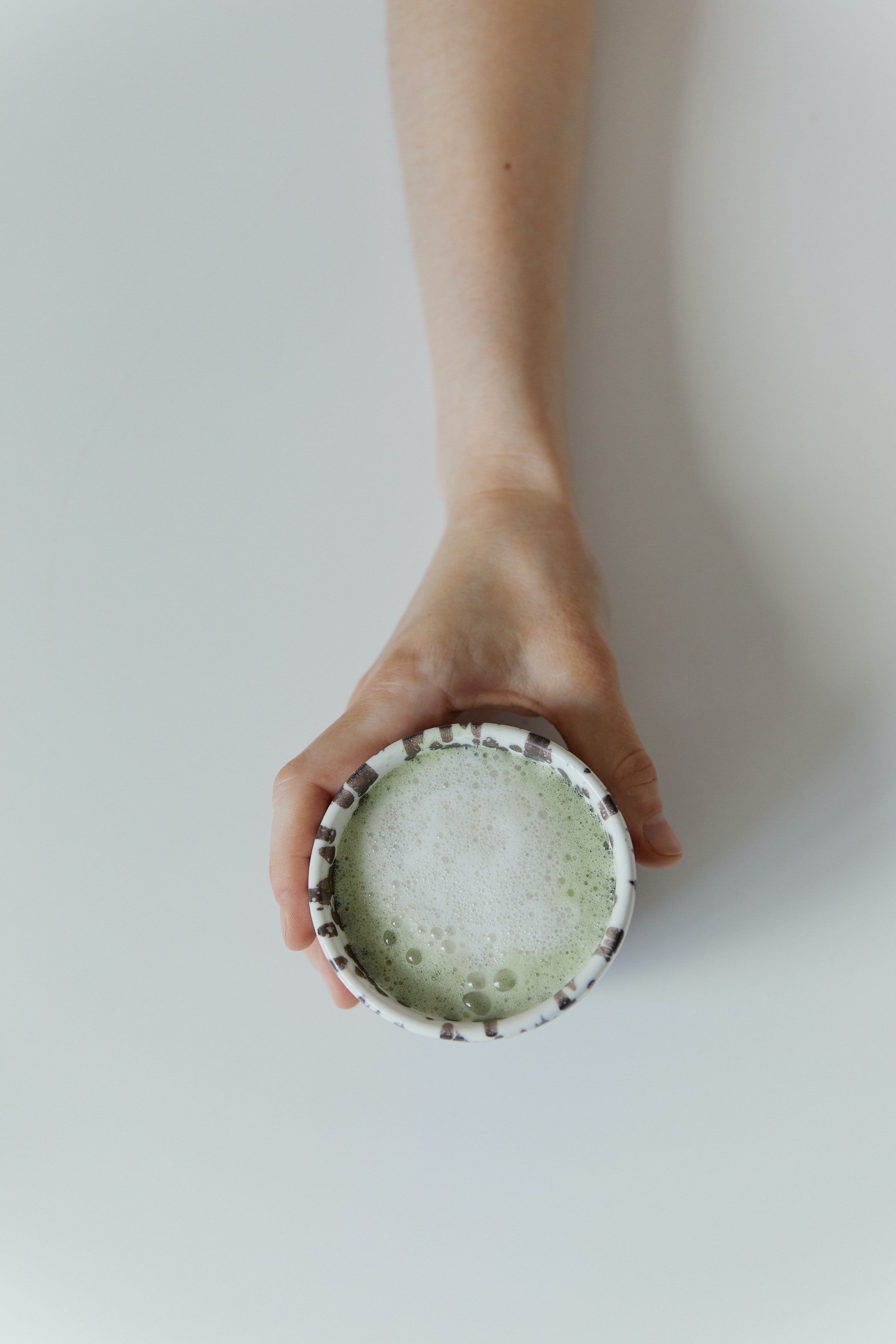Here’s Why You Should Incorporate Matcha Into Your Diet
If you’re looking for a way to boost your health and wellness routine, look no further than matcha! This green tea powder is gaining popularity for its unique flavor and potent health benefits. Here’s why you should add some matcha to your diet.
Table of Contents
By now, you've probably heard many of the health benefits of matcha tea. If you haven't tried it yet, you may want to stock up because it's so good!
The wellness community is ever-changing, and there seems to be no shortage of trendy diets and superfoods to try out. But how do we navigate through what is effective and what is nonsense? The science behind matcha, the green powder that people have been putting into chia puddings, smoothies and lattes, has proved that this superfood does indeed have some health benefits.
If you’re like most people, you probably try to make healthy choices when it comes to what you eat. But even the healthiest diets can be improved by adding a little matcha. Matcha is a type of green tea that is packed with antioxidants, which help protect your body from disease. It also has caffeine and L-theanine, both of which improve cognitive function. And if that’s not enough, matcha is also rich in fiber and chlorophyll. All of these nutrients work together to keep your body functioning at its best. So if you’re looking for a way to boost your health, consider adding some matcha into your diet. You may be surprised at just how much better you feel!
Read on to learn more about why you should start incorporating matcha into your regime and all of the health benefits of matcha tea that you can enjoy.
So What Is Matcha Exactly?
Matcha has been used in Japan for centuries as a traditional sacred beverage. Today, you can’t go to a coffee shop or juice bar without seeing it offered on the menu.
Matcha is a green powder made from a particular type of green tea leaf. Matcha differs from regular green tea because, unlike green tea, matcha is covered and grown in the shade for up to 20 weeks before being harvested. Living and growing in the shade increases the chlorophyll levels, giving matcha powder a bright green coloring. After 20 weeks, the green tea leaves are dried and ground into a fine powder, ready to be used in your favorite coffee creation.
Health Benefits You'll Love
The health benefits of green tea have been scientifically proven repeatedly, and that goes for matcha as well. Thanks to the antioxidant epigallocatechin gallate (EGCG) found in matcha, you can expect:
Increased metabolic function
Decreased risk of most types of cancers
Improved skin appearance
Improved brain function
Reduced risk of heart disease
Decreased risk of diabetes
Slower aging process
Immune system support
Decreased inflammation in the body
It does everything for improved overall health and can even reverse many existing health conditions and diseases. Both matcha powder and green tea possess powerful antioxidants and healing properties, but matcha has a higher potency. Compared to your standard green tea, studies have proven that matcha has up to three times the amount of EGCG!
The Optimal Dosage
You might be wondering how much of the green powder you have to consume to get the greatest benefits. From the research, the optimal dosage is about 100 to 200 mg of EGCG, which equates to about 2 to 5 cups of matcha a day. To get the most out of this superfood, try to drink it as a tea without adding milk or any other ingredients. You can still enjoy a matcha latte in moderation - just try to include other sources as well.
The positives of drinking matcha tea outweigh the negatives, but like most things in life, there are pros and cons. Heavy metals such as lead can be found in many plant products because they absorb them from the soil. All teas, not just matcha, absorb lead at a higher rate, and it’s thought to be higher in matcha because you are consuming the whole leaf, not just what is left after steeping it.
To decrease your exposure to heavy metals in your matcha tea, try to avoid any tea that comes from China. Studies have shown that the pollution in China causes the leaves to contain higher levels of lead. Read the label on your matcha tea and make sure it’s from Japan.
Image Credit: Darina Belonogova
Matcha Latte Recipe
What You'll Need
1 1/2 teaspoons matcha powder
1 tablespoon hot water
2 teaspoons honey or maple syrup, or to taste
3/4 cup hot oat milk*
What You'll Need To Know
Sift the matcha powder into a cup.
Add the water and stir until no lumps remain.
Stir in the honey or maple syrup.
Add the milk and serve.
* I like making my own oat milk using the Almond Cow machine. On the occasions that I don’t make it at home, Oatly’s Full Fat Oat Milk is my go-to.
What's your favourite way to enjoy matcha?
Published February 2018; Updated August 2022





